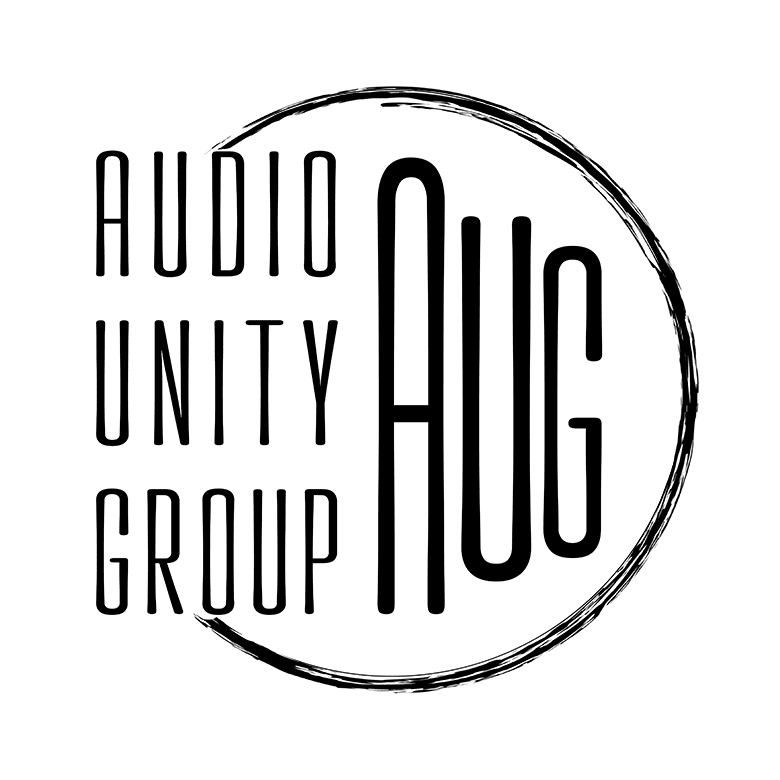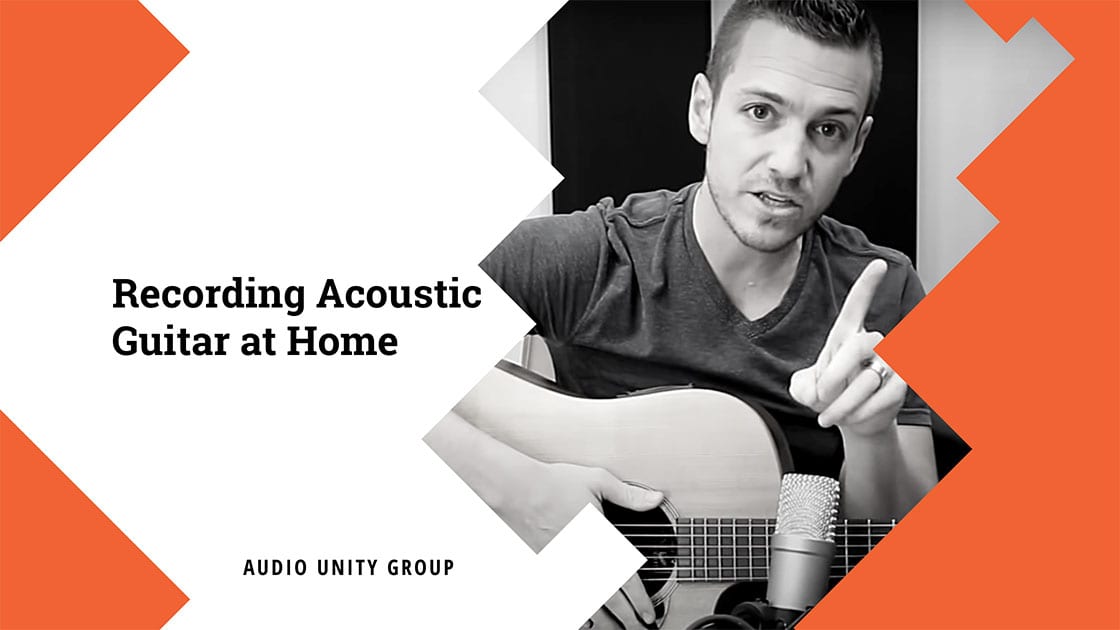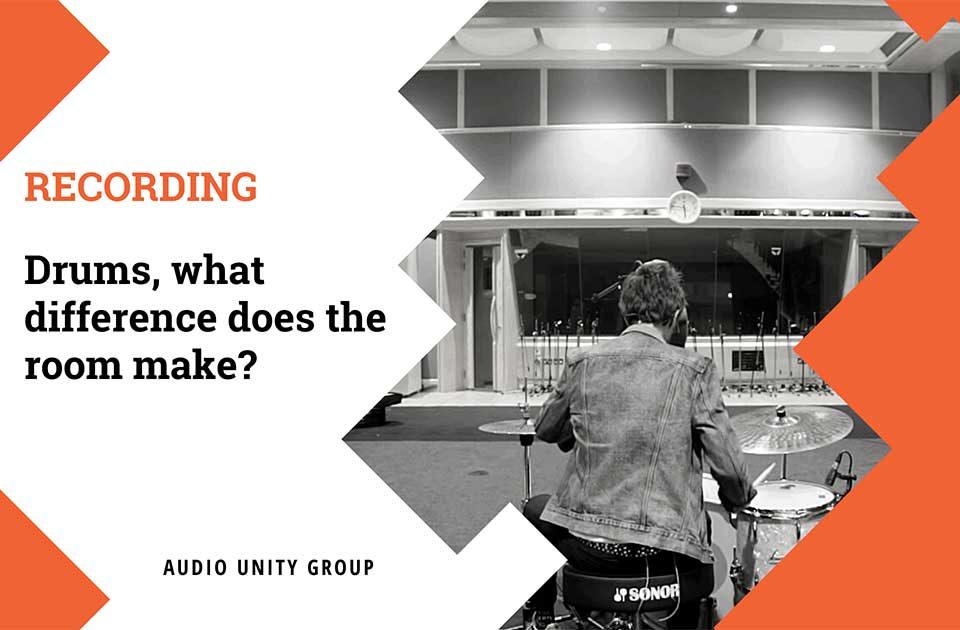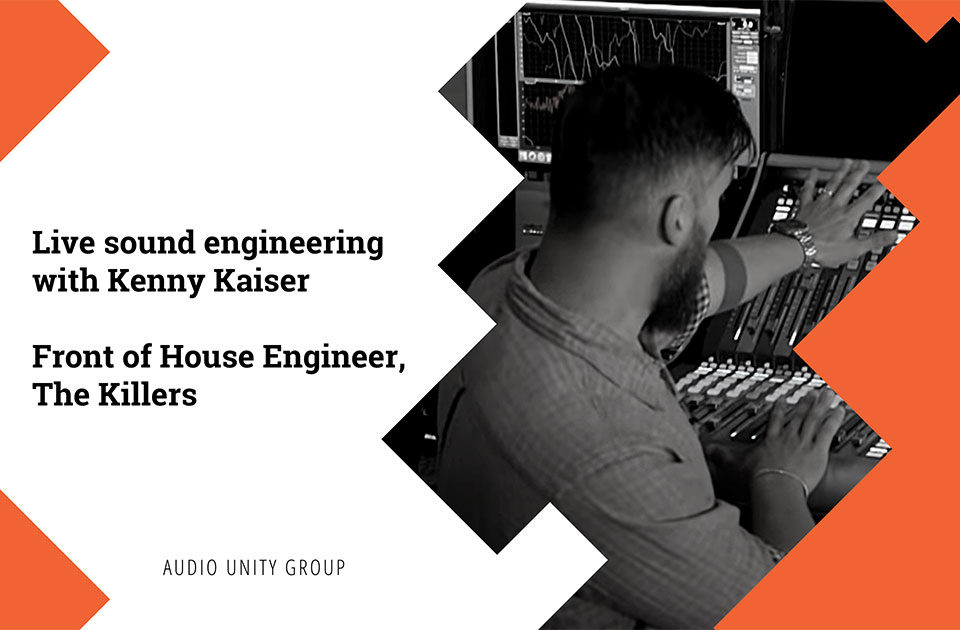
The Science Of Hearing
May 7, 2020
Dance Music Mixing Tips with Morgan Page
May 7, 2020Recording Acoustic Guitar at Home
Here’s a simple and foolproof method to record great acoustic guitar tracks in your home or project studio.

Transcript
[00:00] – Speaker 1
Hey, Graham here from the recordingrevolution.Com. And today we’re talking about acoustic guitar recording. I want to share with you my foolproof method for recording acoustic guitar. So I wrote about this last week, the four rules of acoustic guitar or recording.
[00:16] – Speaker 1
And in those rules, I didn’t talk anything about mic placement or my choice because these are very subjective things. It depends on what you like and what you prefer and what the song requires. The rules are more relevant to strategies that always work on all genres. Today, I want to share with you the way I prefer to record acoustic guitar. It’s super simple, and I want to show you why it works.
[00:38] – Speaker 1
And first, I want to show you the two ways. A lot of people record acoustic guitar improperly, and I want you to listen to what those sound like and then listen to my method and see if it doesn’t help you. Okay. So the idea here is to give you something that’s easy to remember, easy to implement, and we’ll help you get a better recording next time you acoustic guitar. Typically, what people do is they grab a microphone.
[00:58] – Speaker 1
And in this case, I’ve got a large diaphragm condenser. This is a road nt one, a very fantastic microphone, but it does nothing but just capture audio. It’s got no other polar patterns. It’s very simple. Cardioid, large diaphragm condenser mic.
[01:13] – Speaker 1
And I love it. You can use dynamic microphones. And I’ve done this before where I’ve used an S and 57 on the entire album because it just sounded better. Today, I’m going to show you my go to method that’s typically a large diaphragm. The road is a great example.
[01:27] – Speaker 1
But here’s what most people do wrong. They put it right in front of their acoustic guitar about six inches away from the sound hole. And this is what it sounds like.
[01:52] – Speaker 1
Okay.
[01:55] – Speaker 1
Sounds like an acoustic, but it’s a little boomy. It’s very, very full in a bad way. So much bottom end is coming. I mean, you’re literally getting all the air from the acoustic blasting right into your microphone. I’m literally six to eight inches away, which is close, and it’s pointing out again, the beefiest part of the guitar.
[02:17] – Speaker 1
Now in a mix that’s probably not going to work. Probably too much low end. You’re probably going to have to roll a lot of that out. And you’re creating more work for yourself later. Now, what a lot of people also do is they take the mic and they’ll put it up here to get a nice, thinner sound.
[02:32] – Speaker 1
So here I am, right on the 12th fret again, about four inches away. See what this sounds like?
[02:51] – Speaker 1
Less body, less beefiness. So that problem fixed. But now it’s just sin and thin. Can be okay. Because again, if this is a texture piece, if your acoustic guitars job or its role in this song that you’re recording is just be a texture piece this could be perfect because it’s Super Super thin.
[03:09] – Speaker 1
Now what I like to do is find a compromise that sounds perfectly balanced. It’s not too beefy, not too low and heavy has plenty of brightness and clarity because it’s usually what you want the cusiq to do, no matter what the genre is, but is also more natural sounding, and it involves two things. It involves first moving the microphone back. This is one of the rules. Is back the microphone up six inches, eight inches away is way too close.
[03:35] – Speaker 1
Why? Because no one ever listens to acoustic guitar with their ear right here. That’s not how we listen to it. So instead, back it up.
[03:46] – Speaker 1
What I like to do is have the mic in front of the sound hole like before, but it’s not facing the sound hole like before. It’s angled at the 12th fret, but it’s not positioned in front of the 12th fret, so it’s kind of getting a snapshot of this. It’s going to get some of the sound hole, some of the neck and it’s a little bit further away. Let me back up just a little bit. So you’re going to get a much more balanced tone as the whole body of guitar resonates.
[04:24] – Speaker 1
Take a listen to this much more balanced, much more a blend of all that the acoustic has to offer. Again, there’s sound that’s full here, that sounds good. There’s texture and clarity up here. That sounds good. The whole instrument resonates.
[05:04] – Speaker 1
So being able to capture that the way your ear actually hears it. Being a couple of feet away from the sound hole when you’re playing is a better representation, it will fit better in the mix. It’s foolproof because it has all the elements that you need without being overly low end heavy, so you usually don’t to roll off too much, but a little bit of a high pass. Philtre, if this isn’t the main instrument in the mix and it will clean up beautifully. If it is the main instrument in the mix, then you won’t have to do any high passing or rarely anything above 30, and it can be the low end enough that you need without being too boomy.
[05:40] – Speaker 1
So this is how I record acoustic guitars every single time and it works beautifully for me. I want to share it with you here today. So two things. One, if you like the video subscribe, if you also like the video, let me know in the comments below. Let me know if this is helpful to you if it made sense.
[05:56] – Speaker 1
If you have any questions, leave me a comment. Also, if you have a favourite method of recording acoustic guitar, share it in the comments below. Help the community out there’s a lot of ways to skin this cat. Acoustic guitar is a very interesting and beautiful instrument and I’m sure there’s a way you found that you like to record it, so share it below. Let people know what you’re doing.
[06:15] – Speaker 1
That’s working. And let’s continue to help each other again. This video came to you because you requested it. You guys wanted to know more about how I recorded acoustic guitars. If you haven’t checked out the four rules of acoustic guitar recording, it’s over there at the recordnervolution.
[06:28] – Speaker 1
Com cheque. That out as well. I hope you have a great day and make some great music. We’ll see you on another video. Soon.
[06:33] – Speaker 1
Take care.
Download FREE pdf
mastering chain cheat sheet
Use this 10 step mastering chain sheet to improve your mastering processes and to make sure you do right things at the right time!
DOWNLOAD PDFHey I’m Tom, I’m a mastering engineer here at Audio Unity Group. I mostly look after Vinyl production and audio side of things. I hold a bachelor’s degree with honours from Kingston University in London. I love audio and helping others create outstanding-sounding records.












